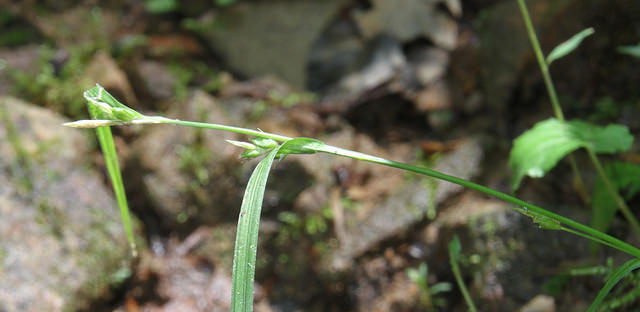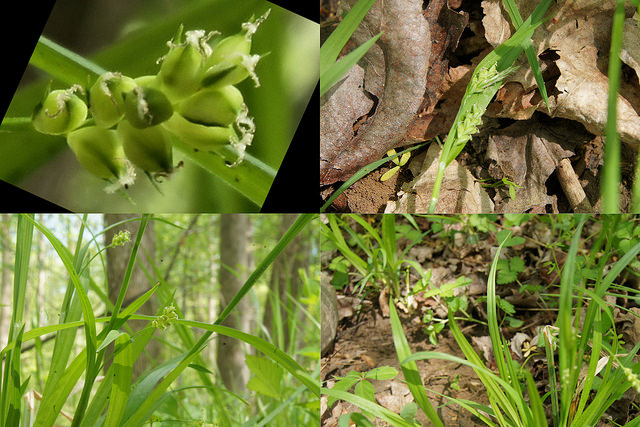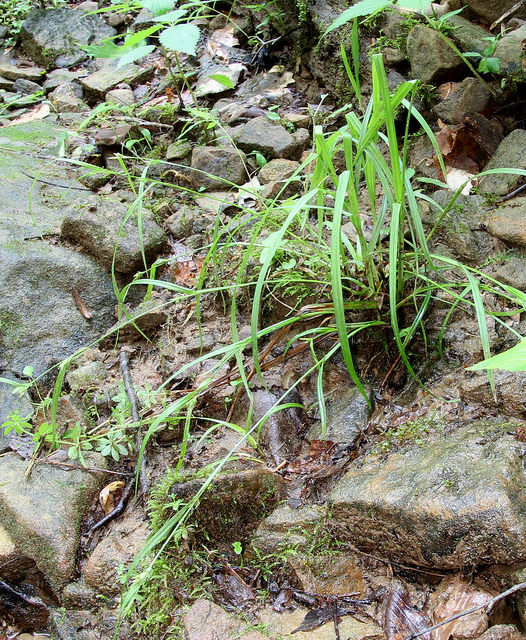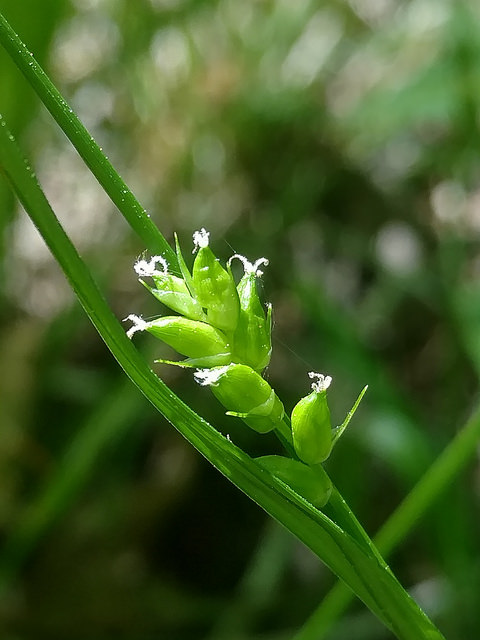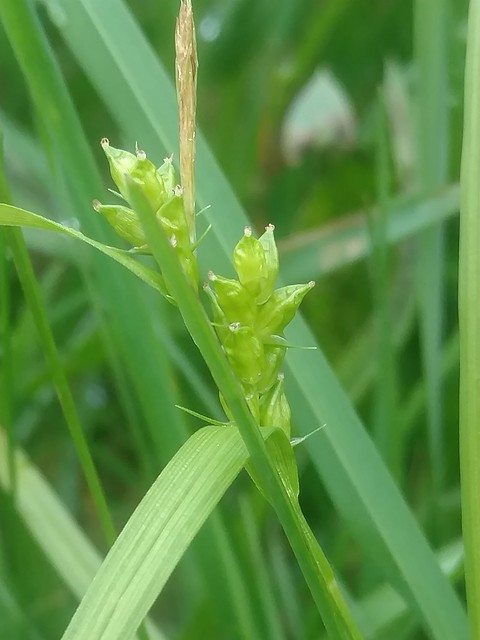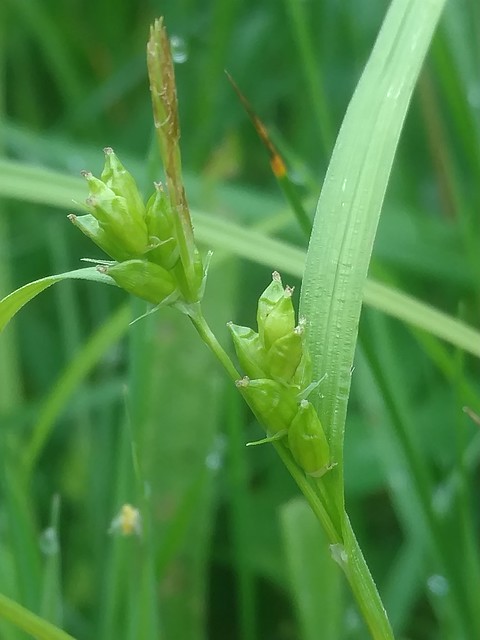Map Snapshot



















115 Records
Seasonality Snapshot
Use of media featured on Maryland Biodiversity Project is only permitted with express permission of the photographer.
Eastern Narrow-leaved Sedge in Anne Arundel Co., Maryland (6/1/2014).
Media by
Jim Brighton.
Eastern Narrow-leaved Sedge in Garrett, Maryland (6/13/2014).
Media by
Jim Stasz.
Eastern Narrow-leaved Sedge in Anne Arundel Co., Maryland (4/18/2012).
View Record Details
Media by
Bill Harms.
Eastern Narrow-leaved Sedge in Garrett, Maryland (6/13/2014).
Media by
Jim Stasz.
Eastern Narrow-leaved Sedge in Caroline Co., Maryland (5/8/2018).
View Record Details
Media by
Wayne Longbottom.
Eastern Narrow-leaved Sedge in Garrett Co., Maryland (5/27/2019).
View Record Details
Media by
Wayne Longbottom.
Eastern Narrow-leaved Sedge in Garrett Co., Maryland (5/27/2019).
View Record Details
Media by
Wayne Longbottom.
Eastern Narrow-leaved Sedge in Anne Arundel Co., Maryland (6/1/2014).
Media by
Jim Brighton.
Eastern Narrow-leaved Sedge in Anne Arundel Co., Maryland (5/8/2012).
View Record Details
Media by
Bill Harms.
Source: Wikipedia
| Carex amphibola | |
|---|---|

| |
| Closeup of the perigynia | |
| Scientific classification | |
| Kingdom: | Plantae |
| Clade: | Tracheophytes |
| Clade: | Angiosperms |
| Clade: | Monocots |
| Clade: | Commelinids |
| Order: | Poales |
| Family: | Cyperaceae |
| Genus: | Carex |
| Section: | Carex sect. Griseae |
| Species: | C. amphibola
|
| Binomial name | |
| Carex amphibola | |
| Synonyms[1] | |
| |
Carex amphibola, known as gray sedge,[2] is a species of flowering plant in the family Cyperaceae.[1] It was first formally named in 1855.[3] Carex amphibola is native to the eastern United States and Canada.[1]
Carex amphibola is commonly confused with Carex grisea, which has somewhat greener perigynia with more rounded tips, versus the gray-green coloring and angular tips of C. amphibola perigynia. The perigynia of C. amphibola are somewhat more clustered and spreading at maturity, while those of C. grisea are strongly ascending.[2]
Carex amphibola grows in mesic deciduous forests, often in loamy areas near streams.[4]
References
[edit]- ^ a b c d "Carex amphibola Steud". Plants of the World Online. Royal Botanical Gardens Kew. Retrieved 9 August 2020.
- ^ a b Wilhelm, Gerould; Rericha, Laura (2017). Flora of the Chicago Region: A Floristic and Ecological Synthesis. Indiana Academy of Sciences.
- ^ "Carex amphibola Steud". ipni.org. International Plant Names Index. Retrieved 9 August 2020.
- ^ Naczi, Robert F. C.; Bryson, Charles T. (2002). "Carex griseae". In Flora of North America Editorial Committee (ed.). Flora of North America North of Mexico (FNA). Vol. 23. New York and Oxford: Oxford University Press. Retrieved 9 August 2020 – via eFloras.org, Missouri Botanical Garden, St. Louis, MO & Harvard University Herbaria, Cambridge, MA.

